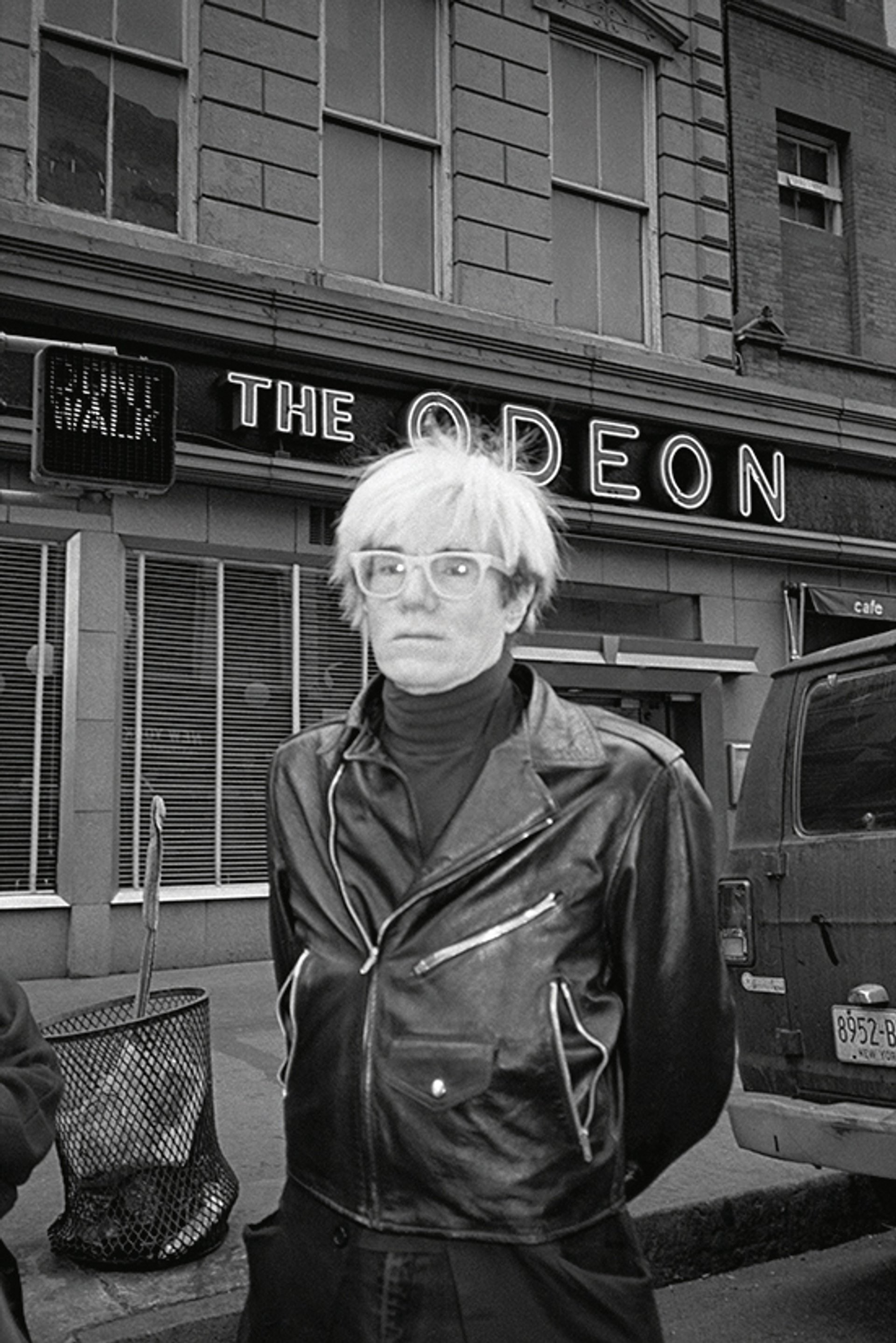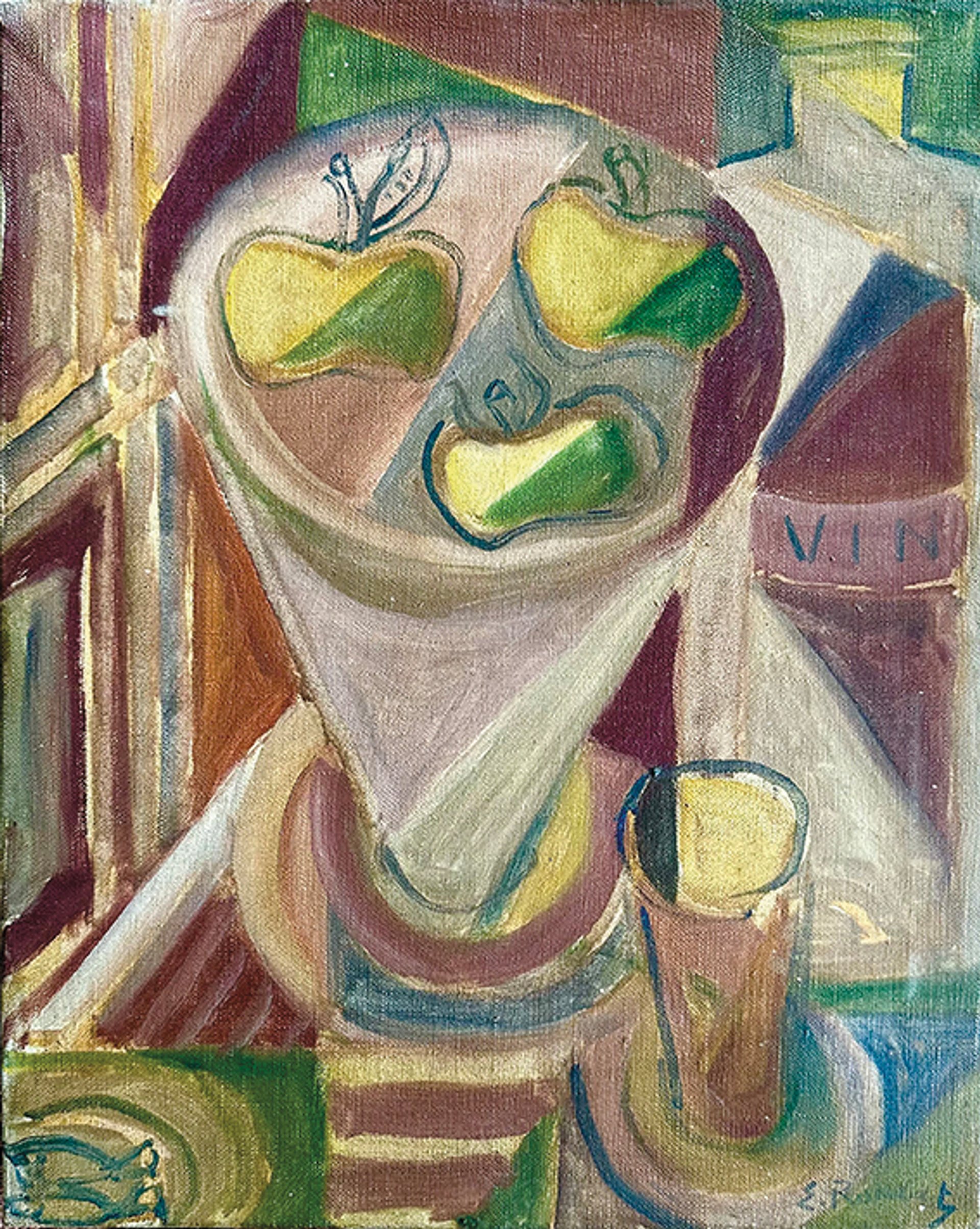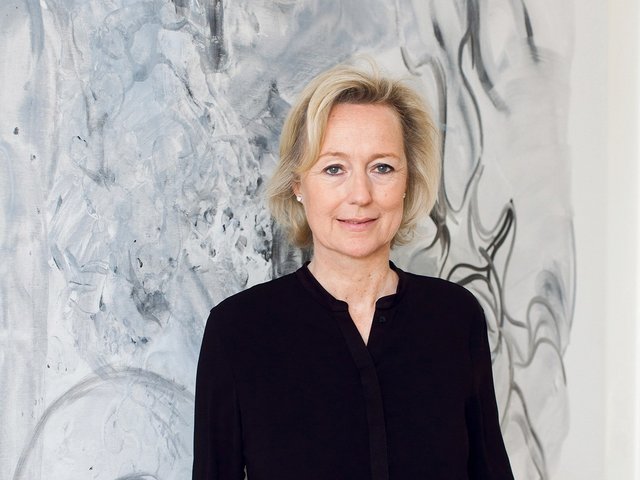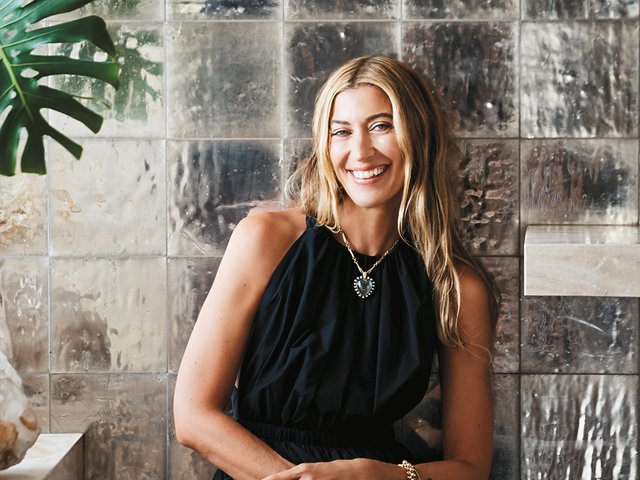The New York Times published a profile of the London-born restaurant mogul Keith McNally in 2004 under the headline: “The restaurateur who invented downtown”. Two decades later, the title has stuck. When McNally opened Balthazar in a former tannery in 1997, the French brasserie helped attract upscale clientele to a then-seedy Soho. McNally had already co-founded the Odeon restaurant in Tribeca nearly 20 years before; it became the stomping grounds of New York artists such as Jean-Michel Basquiat, Julian Schnabel and Richard Serra. In more recent times, McNally’s irreverent Instagram account has endeared him to a new generation of New Yorkers, though not without his share of controversy.

Andy Warhol at the Odeon, the Tribeca restaurant co-founded by McNally
Paige Powell Archive
In McNally’s memoir, I Regret Almost Everything—out this week—art is a recurring theme. He describes first noticing the symptoms of a stroke while looking at Caravaggio’s The Taking of Christ (1602), how the Odeon accidentally became the centre of New York’s downtown art scene, his own art obsession beginning at New York flea markets and his insecurities around art-world ostentatiousness. McNally says that he owns more than 200 paintings—but please do not call him a collector.
The Art Newspaper: What was the first work you ever bought?
Keith McNally: The first picture which I paid “serious” money for was Still Life with Fruit, a Matisse-like oil painting by Albert Montmerot. It was painted in 1924, and I bought it for $500 in a posh antique shop in Paris in 1989. I still have it and like it as much now as I did 36 years ago.
What was the most recent work you bought?
Two paintings: Élisabeth Ronget’s Bouteille de vin et des pommes (around 1950) I bought at the Court Gallery in England for $2,300. That same week, I bought a picture by Walter Steggles called High Wycombe (1938). Steggles was a prominent painter from the East London Group—a bunch of self-taught, working-class painters in the 1920s and 1930s. I bought it for $14,000 from Dreweatts auction house in England. Looking at these two paintings side by side now, I much prefer the cubist-like Bouteille de vin, which cost less than a sixth of the price of the Steggles painting. Live and learn! (Or, in my case, live and don’t learn.)

McNally’s recent purchase, Élisabeth Ronget’s Bouteille de vin et des pommes (around 1950)
Courtesy The Court Gallery, Somerset, UK
How quickly do you decide to buy a work of art?
I know when I’m drawn to a painting within two seconds. It’s quite a relief if the price is out of my league. My troubles begin in deep earnest when the price is fractionally out of my league. I then spend days—often weeks—justifying why I should or shouldn’t buy it.
Is there anything you regret not buying when you had the chance?
Very much so. I’m plagued by paintings I could have bought but didn’t. In fact, my brain houses a gallery—that unfortunately never closes—of all the electrifying paintings I wish I’d bought.
If you could have any work from any museum in the world, what would it be?
Ben Nicholson’s Quai d’Auteuil (1935) from the Hepworth Wakefield gallery in England.
What are your thoughts on the word ‘collector’?
Although I’m constantly buying paintings, I wouldn’t have the gall to call myself a collector. The word reeks of haughty self-importance and, for me, symbolises an aspect of the art world that I absolutely detest.




